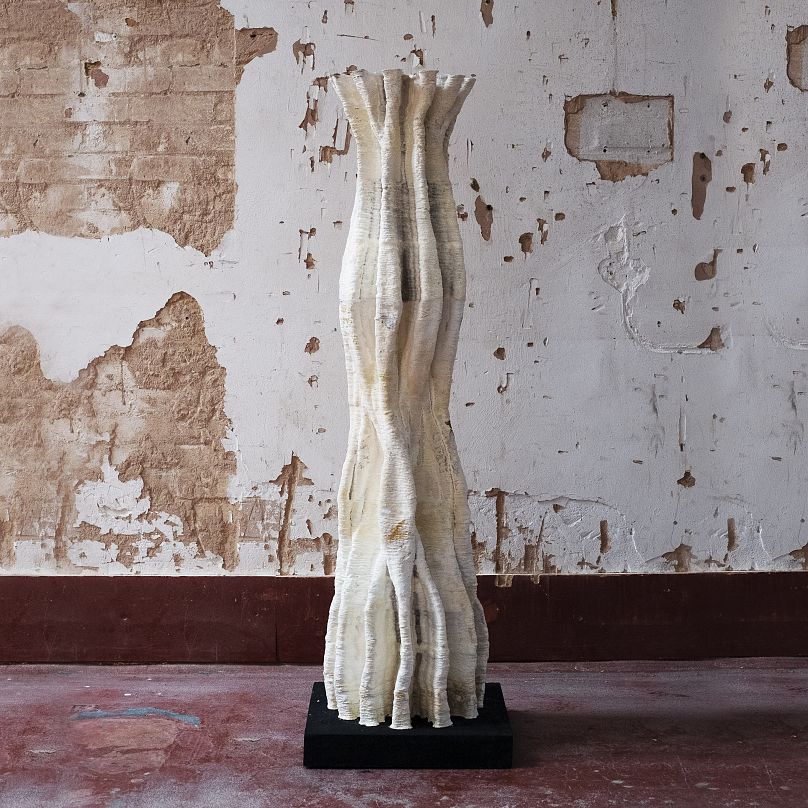From fashion to food, electronics to construction, even packaging – designers have found the lost value in our rubbish and imagined a future of clean materials that could lead us out of the 'Waste Age'.
A new generation of designers is rethinking our relationship to everyday things with their latest exhibition on throwaway culture at the Design Museum in London.
The exhibition 'Waste Age: What can design do?' running from October 23, 2021, to February 20, 2022, captures the devastating impact of waste.
From fashion to food, electronics to construction, and even packaging – the designers found the lost value in our rubbish. They imagined a future of clean materials in a circular economy that could help us get out of the 'Waste Age'.
"Waste not, want not" used to be the cry of previous generations and still exists in many parts of the world, as delegates and world leaders face how to avoid a climate catastrophe at the UN summit on climate change in Glasgow - COP26.
"The impact of waste on the environment is a huge problem at the moment, with single-use plastic being used for things we will only use once. It's a material that can last for 450 years to forever," Curtin told Euronews.
"The exhibition really tries to explore the current scale of our waste problem, but also the solutions and what we can do to change our 'take, make and waste' society into one that looks at waste as a resource, a precious resource.
"And as an incredible material that has really changed the 20th century in terms of health and safety, but also in its use of packaging has really caused a huge problem, a problem that we have difficulty managing."
"Instead of thinking of objects as things that have an end life, they can have many lives. This is not just an exhibition, it is a campaign, and we all have an active part in our future," she concluded.
Watch the full interview with curator Gemma Curtin in the video player above.












